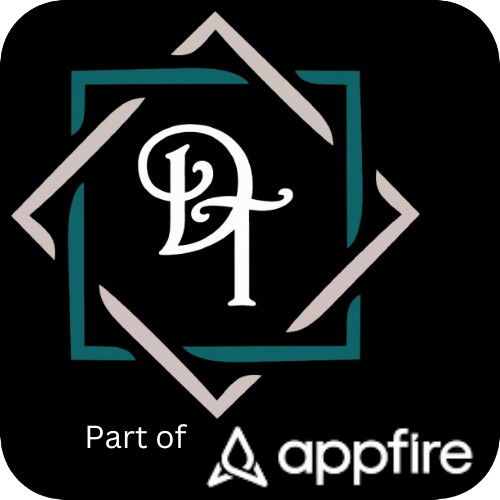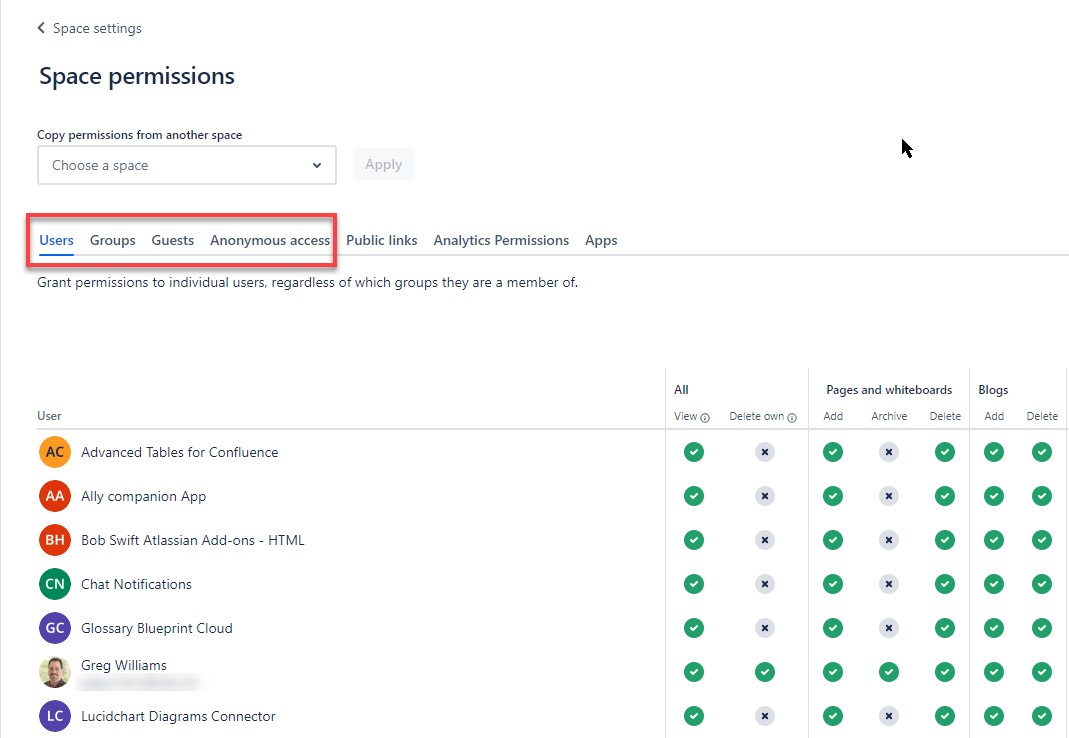Atlassian ICYMI January 2024
Welcome to a brand new series of blogs where we now look back over the last month for Atlassian products. Atlassian like a lot of software companies are of course release new things daily. This blog is not going to be a complete catch up of everything I or someone in the community has noticed over the last month, but more on the larger release items or the new EAP & other important announcements from Atlassian.
With so many updates, we’ll go ahead and take a look over each of the following four tracks:
Agile & DevOps.
Work Management & Collaboration.
Service Management.
Platform.
So without further or do, let’s get started!
In cased you missed it.
In Case You Missed It
January 2024 saw a great start for new updates in Atlassian products. It has seen a total of 90 updates across all of their products according to their product update log.
Agile & DevOps
Advanced roadmaps (now plans) has seen a few updates in the last month. You now have the ability to update issue statuses directly from plans. A field type that was previously not available to directly edit within a plan. Plans also now have a ‘Trash’, so whenever you next find yourself deleting a plan by accident, this time it can be saved. Plans will remain in trash for a period of time before being permanently deleted. Finally, the dependency view on plans has had an improvement. You now have the ability to view & filter by the dependency type. Check out more on the link below:
https://support.atlassian.com/jira-software-cloud/docs/delete-or-archive-your-plan/
Automation rules have had some cool updates over the last month. One of these updates is a new ‘Create sprint’ action. This action will now help your agile teams always stay ahead of the curve by automating the creation of their sprints. One less manual task.
While this one is not a new item at all, what is new is its completion! Epic link & Parent Link fields are now the same Parent field. This consolidation of fields will help teams understand issue hierarchy using a single field rather then different ones depending on the level.
Software boards have seen some improvements this month. While on a Kanban board, You can now create issues directly from the board view. This once team managed project feature is now available in company managed projects too.
On board board types, you can now bulk edit up to 1000 issues directly from the boards backlog.
Work Management & Collaboration
Confluence paid plans now allows for a bulk deletion of up to 100 pages and bulk archiving of up to 500 pages at any one time.
Confluence guests will now count towards your Atlassian Access bill.
You can now use the two new “/create” macros to create Jira issues or Confluence pages from the editor. No more switching windows to create new things. Do that using the macros. While on the surface of macros, JSMs asset objects can now also be surfaced within Confluence. If you were using Insights while on server you may be familiar with the functionality. This is finally coming to Cloud.
Confluence space permissions are getting some UI changes. Rather then a single large page with all permissions on, each of the type of permissions will now have their own permissions page making it all easier to review permissions.
Service Management
Atlassian Intelligence now has the ability to suggest request types that should be made for your service project. Spend less time reviewing the requests you need, simply give AIntelligence a prompt and pick from the suggestions.
Read more on how this works by following the link below:
Platform
The cloud platform has seen some new rollouts as well over the last 30 days or so. Data residency is now now available for marketplace app vendors. Vendors can now provide data residency options to customers. New data residency options for the main application have also been released. The UK, Japan, India, Brazil, South Korea & Switzerland have all now been released.
https://support.atlassian.com/security-and-access-policies/docs/understand-data-residency/
Bring Your Own Key (BYOK) encryption can now differentiate between the types of environments. When an admin creates a sandbox for a product encrypted with Bring Your Own Key (BYOK) encryption, the sandbox is also BYOK-encrypted. The sandbox products are labelled, to differentiate them from production environments.
Which one of the latest updates is your favourite? Until the next time.




